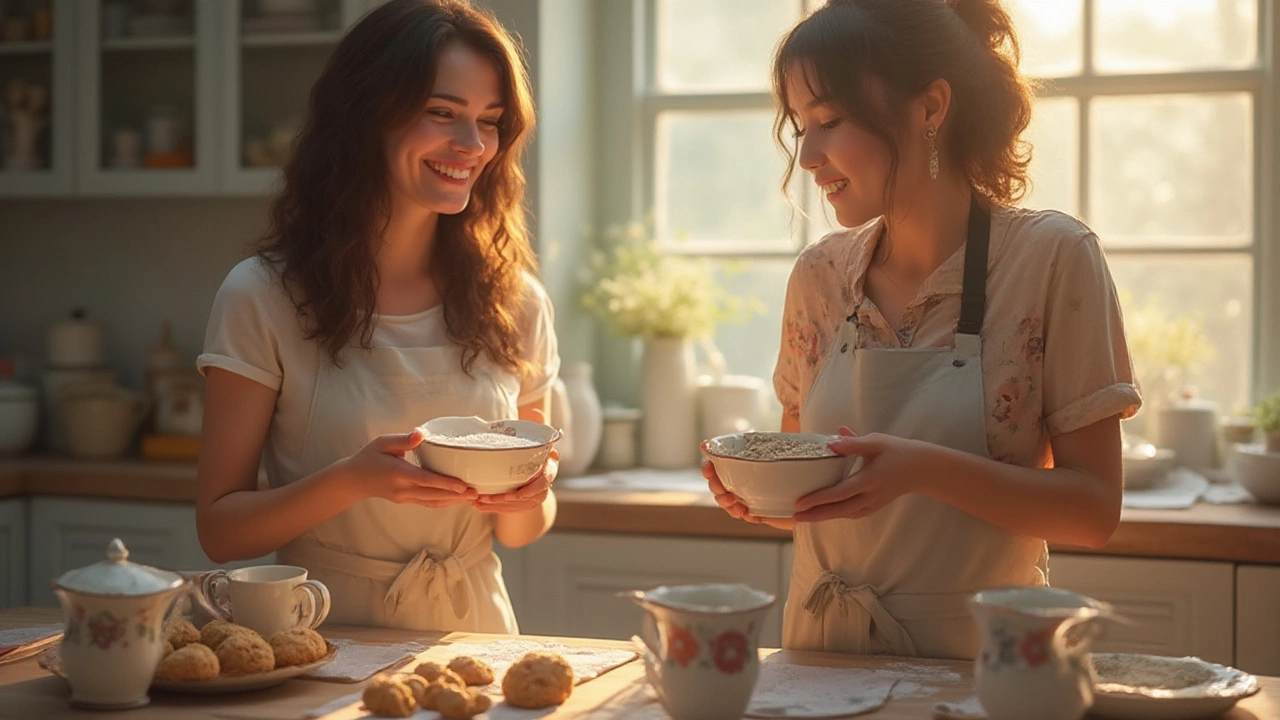
So you’re about to bake cookies, measuring cups ready, oven preheating, your cat giving you the judgmental eye (I see you, Whiskers). But then comes the showdown: do you reach for the white sugar or the brown? It’s not just about what’s in your pantry—it’s a choice that’ll shape your cookies from their flavor all the way to how soft they’ll stay the next day. Cookie lovers can get pretty heated about this! Let’s go straight into the nitty-gritty about what really makes the difference between these sugars and why your favorite cookie might owe everything to that little choice.
The Basics: What Makes White and Brown Sugar Different?
Let’s get one thing clear—white and brown sugar don’t just look different. White sugar comes after brown sugar in the sugar-making process because it’s been refined to remove the molasses. What’s left behind? Pure sucrose. Brown sugar, on the other hand, is mostly white sugar with molasses mixed back in.
That molasses isn’t just for color. It brings in moisture, a warmer flavor, and a touch of acidity. Basic rule: brown sugar is about 95% white sugar and 5% molasses if it’s “light brown sugar,” or up to 10% for “dark brown sugar.” That little bit makes for some big changes. The hygroscopic part (meaning, it attracts water) is pretty key here, and it’s why brown sugar makes for chewier, moister cookies. A good example is the classic chocolate chip cookie recipe from Toll House—they call for both sugars, and there’s a reason for that: balance.
Switch over to white sugar, and you’ll get a cookie that spreads a bit more in the oven and ends up crispier. That’s because there’s less water to make steam, and more possibility for the edges to turn brown and crunchy. If you check out recipes for snickerdoodles or sugar cookies, they usually favor white sugar for this reason. It lets the other flavors in your dough pop without bringing extra caramel or toffee notes.
Here’s something a lot of people don’t realize: the difference in sweetness isn’t huge. Brown sugar tastes less sweet, but only because the molasses mutes the straight sugar hit. For a quick kitchen experiment, you can just swap the sugars in a recipe and watch the magic (or drama) unfold.
If you want a bit more science, here’s a fact that always surprises people: the acidity from brown sugar’s molasses can actually affect your baking soda, making your cookies puff a little more instead of just spreading out. Pro bakers watch this carefully, especially if texture is king.
It turns out sugar isn’t just about sweetness, but structure, flavor, and even color. And if you’re after soft-baked cookies that stay fresh on your counter for days, brown sugar is probably your new best friend. That being said, there’s a time and place for both—and plenty of ways to experiment.
How Each Sugar Changes Texture and Flavor
Alright, let’s talk about the real point: how does that spoonful of brown sugar or white sugar completely change your cookies? Here’s the fun of baking—you can try the same recipe with a different sugar and end up with almost a whole new cookie.
Let’s break it down. When you use mostly white sugar, your cookies will be lighter in color, thinner, and they’ll have a snap to them when you break one in half. Think of those bakery-style sugar cookies—you get that perfect crack. Simple, buttery flavors shine through, and if you want any extract (like almond or vanilla), this is where it’ll stand out.
But brown sugar? Now you’re on to a cookie that bends and stays soft, especially if it’s still warm. You’ll often taste notes of toffee or caramel—those come straight from the molasses. The inside will stay fudge-like for longer, so if you’re hoping your cookies will last more than a few days without turning rock hard, brown sugar is the easy answer. Oatmeal cookies—one of my favorites—almost always use brown sugar for this reason.
There is an actual chemical reason for all of this. Molasses adds both acidity and moisture. Remember that famous Toll House cookie recipe? It calls for more brown than white sugar. That’s not an accident. The acids from brown sugar react with baking soda, helping the dough rise just a little, resulting in a taller, softer cookie.
If you’ve ever tried a cookie recipe and ended up with disappointing “cookie puddles,” check your sugar ratio. Too much white sugar is usually the culprit, unless you really go wild with melted butter. And not all brown sugars do the same thing—dark brown sugar brings more of a molasses punch and darker color, while light brown sugar is gentler.
Cookies with only brown sugar can be super chewy but sometimes stick to your teeth a little more. Just the other day, I made peanut butter cookies with brown sugar, and the flavor was way richer, with almost a hint of barbecue smokiness—unexpected but delicious! But with white sugar, they’re all about the peanut flavor, not the caramel undertone. It’s wild how much swapping one ingredient can do.
If you want a simple trick to up your cookie game: Use about 60% brown sugar to 40% white sugar for rich, flavorful, chewy cookies. Want thin, crackly cookies that shatter in your mouth? Flip that. Still, you don’t have to stick to anyone's rule. Some bakers sub dark brown sugar for light when they want to go extra on molasses.
Texture and flavor are the heart of every cookie debate. The molasses in brown sugar always wins when anyone in my house (even Whiskers, though he prefers tuna) wants cookies that stay soft with that unforgettable caramel finish. But if you’re reaching for that perfect holiday sugar cookie, stick with white and don’t look back.

When to Use White Sugar, Brown Sugar, or Both
Some cookies just scream for one or the other, but others are all about balance. When you’re eyeing a recipe, think about what you want the final cookie to be, and who you’re baking for. Yes, even picky kids or snobby foodies have opinions—and so do cats, but let’s ignore that for now.
White sugar is king for cookies where crispiness and spread matter more than chew. Think snickerdoodles, classic sugar cookies, and those Italian pizzelles. If you go brown here, you’ll end up with a cookie that isn’t true to its kind. Experiment though, because you might discover a new favorite.
Brown sugar is the backbone of chewy, soft cookies. Chocolate chip, oatmeal raisin, and gingersnaps all rely on brown sugar for depth, moisture, and staying soft. It’s also what helps those cookies keep for days, still soft, even when you forgot about them in a tin. If you love a deep caramel flavor, dark brown sugar is perfect for adding a new twist to familiar recipes.
Mixing both is where the real magic happens. Toll House chocolate chip cookies—arguably the most famous cookie ever—use more brown than white sugar to nail that chewy center and slightly crisp edge. Feel free to riff on that basic formula. Peanut butter cookies usually go both ways, so you can play with the balance to make them softer or crunchier.
If you’re baking for people who want a picture-perfect holiday cookie—those frosted sugar cookie cutouts—stick with white sugar for lighter color and cleaner outlines. Decorating works better, too, since brown sugar makes the dough more fragile.
But what’s the secret weapon? Turbinado or “raw” sugar. This is bigger-grain, golden sugar that’s somewhere between white and brown. Sprinkle a pinch on top before baking for crunch. Or, if you want cookies to have a little sparkle, roll dough balls in turbinado sugar.
To sum things up: choose white when you want clean, crisp, and bright; choose brown for moist, rich, and chewy. Mix both when you want a bit of each world. Swapping one for the other isn’t a crime, but it does twist the cookie code in fun ways.
Here are a few scenarios where your sugar choice really matters:
- Sugar cookies: Stick with white sugar.
- Chocolate chip: Use both, leaning toward brown for chew.
- Oatmeal cookies: Brown sugar for softer, chewier cookies.
- Gingersnaps: Mostly brown sugar and molasses.
- Peanut butter: Mix both for texture magic.
Tips, Tricks, and Make-At-Home Sugar Hacks
Ready to level up? First, don’t panic if you run out of one sugar. Making brown sugar at home is as easy as stirring a spoonful of molasses into white sugar—it takes 30 seconds and works like a charm. Use about one tablespoon molasses per cup for light brown, two for dark brown. Boom, done. No desperate late-night runs to the store.
If your brown sugar turns into a rock (which happens to me, especially after Whiskers tries to nap on the bag), toss a slice of fresh bread or a damp paper towel into the container overnight. The moisture brings it back to life. I’ve even tossed in a few marshmallows—they work wonders.
For those chasing the perfect chewy cookie, try chilling your dough before baking. Colder dough spreads less, so the cookies end up thicker and chewier. If you want extra cracks and crinkles—especially with white sugar cookies—don’t chill your dough at all.
I’ve also played around with switching up the sugar ratio. Want a cookie that stays tender but not overly sweet? Add a teaspoon of cornstarch to balance extra brown sugar’s moisture. Or, swap out half your sugar for honey or maple syrup for a more complex flavor (these work especially well with oatmeal or nut-filled cookies).
Don’t ignore the way sugar affects color. Cookies with brown sugar will come out darker and richer-looking. If you want pale, picture-perfect cookies for decorating, stick with white. For a rustic, bakery look, go brown. You can even make marble cookies by using both doughs side by side—fun for bake sales and super Instagrammable.
My best party trick: Right before baking, sprinkle a bit of flaky sea salt on top of your cookie balls, especially if your cookies have brown sugar. It makes the flavors pop, and you get that dreamy sweet-salty bite.
And hey, don’t forget you can use brown sugar in more than just cookies. It’s amazing in caramel sauces, crisps, quick breads, and muffins. But always check your recipes if you swap—too much brown sugar in a cake, for example, makes it denser.
Before you go, challenge yourself this weekend: bake a batch with only white sugar and another with only brown. Taste them side by side (extra points if you share with pets or friends, but probably not the cat). You’ll see firsthand just how much the sugar changes everything—texture, color, even how your kitchen smells while they bake.


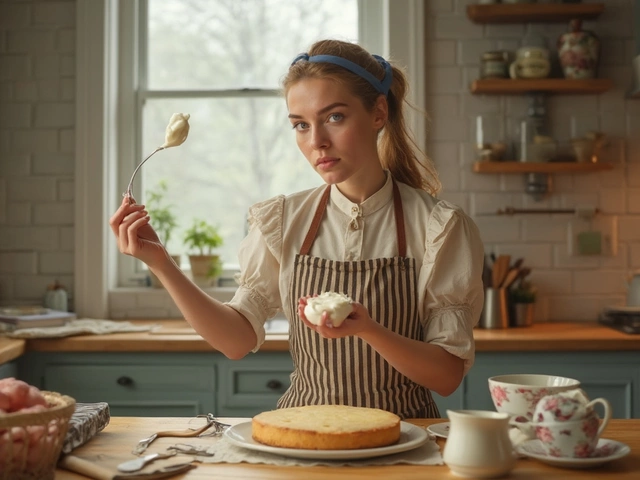
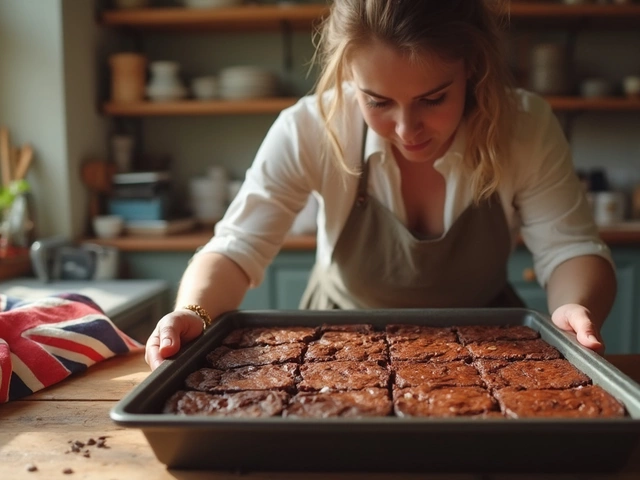
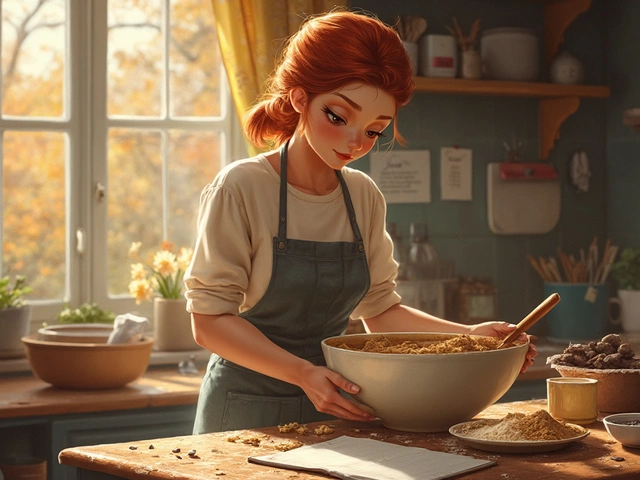
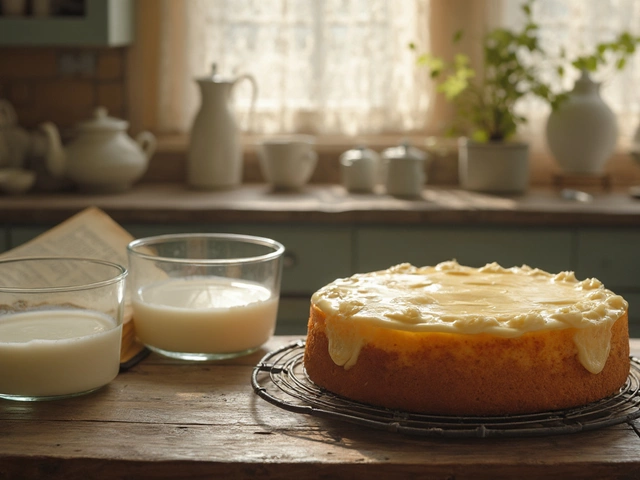
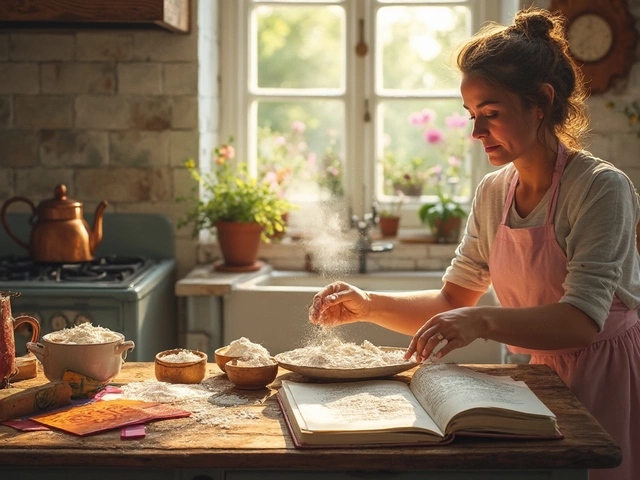
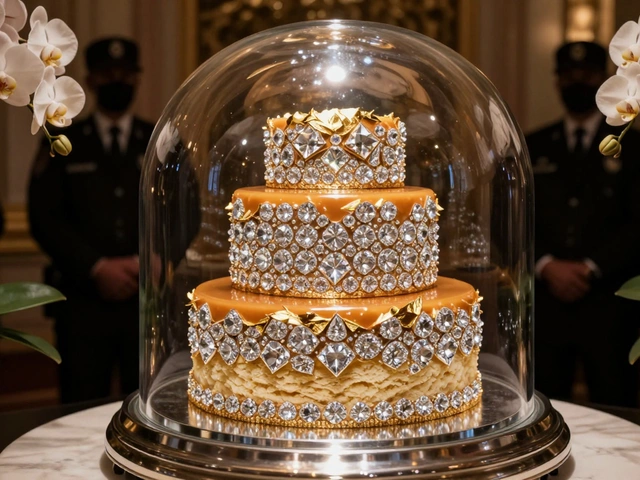
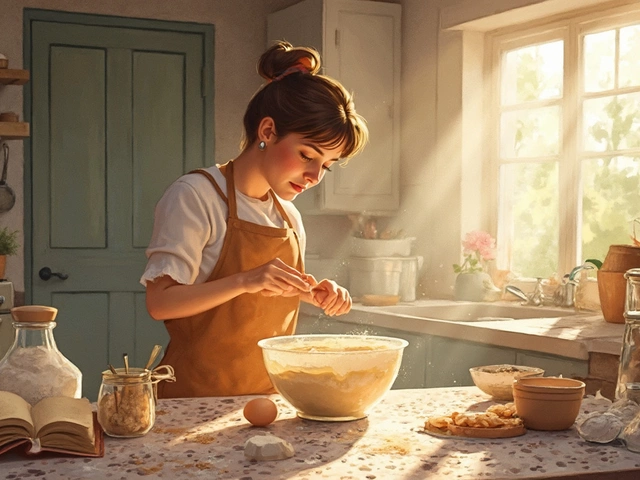

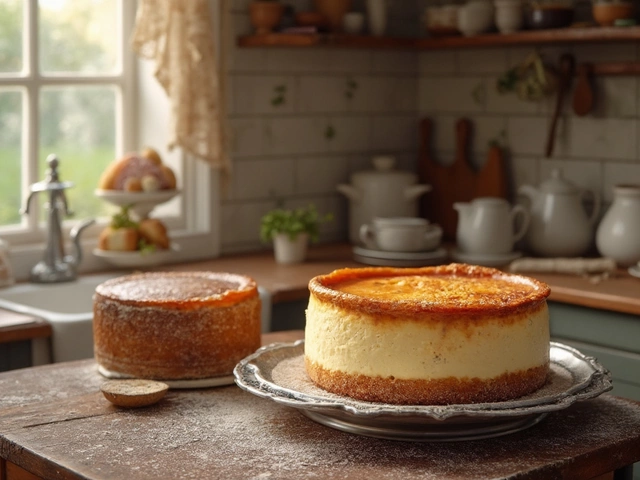

Write a comment